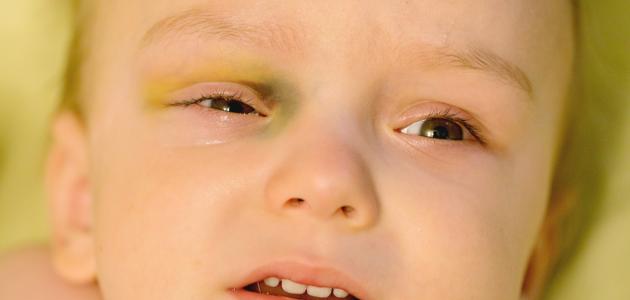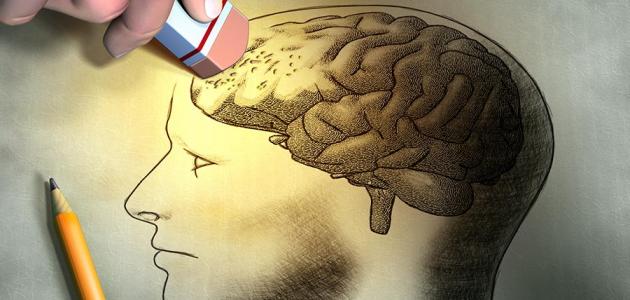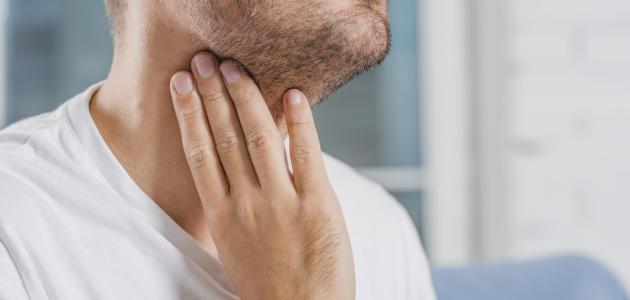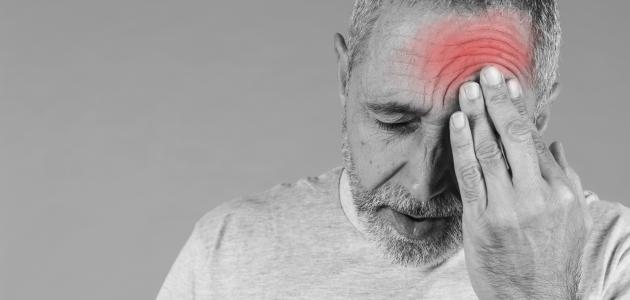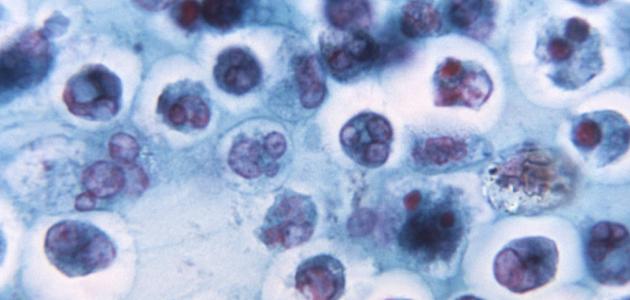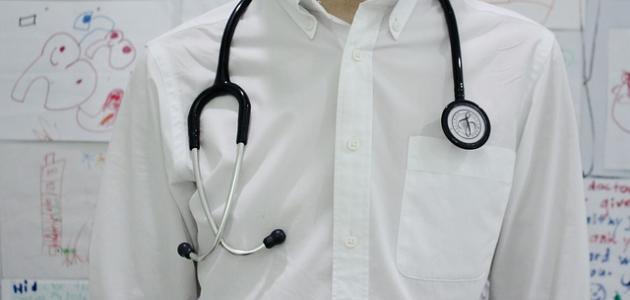heat stroke
Sunstroke affects a person when he is exposed to hot sunlight for a relatively long period while he is in the street or public markets or doing physical work under the high-temperature sun, such as construction workers or engineers who spend most of their time under the sun at noon, and the incidence of sunstroke increases in the summer. Summer in which temperatures keep rising in most of the Asian and African Arab countries, led by the Arab Gulf countries with extreme heat and high humidity.
Heatstroke is a serious medical condition that affects the human head and leads to difficult health complications that may kill him if he is not treated quickly. It results from the failure of the temperature regulating center in the brain, which leads to a significant increase in body temperature without the presence of sweating on his body at all.
Symptoms of sunstroke
A person suffers from heat exhaustion when the body temperature rises dramatically, and thus loses large amounts of water and salts, which leads to extreme fatigue, weakness, and muscle spasms. A person suffers heat stroke when the body is unable to maintain its temperature and its dangerous rise. sun include:
- High body temperature: It is the main sign of sunstroke.
- Mental changes: Confusion, convulsions, delirium, slurred speech, nervousness, and coma.
- Changes in the body's sweating system: Heatstroke leads to high body temperature and dehydration, and it differs from heatstroke resulting from strenuous exercise, as it leaves the body moist.
- nausea: Where the injured person feels the need to vomit.
- headache: Feeling a headache at sporadic periods, and this is one of the most common symptoms.
- Body color change: Where the color of the body turns red.
- Breathing problems: Where the breath becomes fast and superficial.
- Increased heart rate: The heart rate increases while the body tries to lower its temperature.
Sunstroke treatment
The treatment of heatstroke aims to reduce the body temperature to its normal limits, in order to avoid the damage that the high temperature may cause to the main organs of the body, and the brain, where the doctor uses several methods to reduce the body temperature, including:
Read also:Causes of leg pain- use of evaporative cooling techniques; Where some cold water is placed on the body, and warm air is blown on it, and this contributes to the evaporation of water and cooling the body.
- Wrap the body with a special cooling blanket, in addition to placing ice packs on some parts. such as the back, the armpit, the groin, and the neck.
- Immersing the injured person in cold or ice water, which is one of the fastest methods that can be used to lower the basal body temperature.
- Take medications prescribed by the doctor to stop shivering, such as muscle relaxants, and examples of them are; Benzodiazepines.


